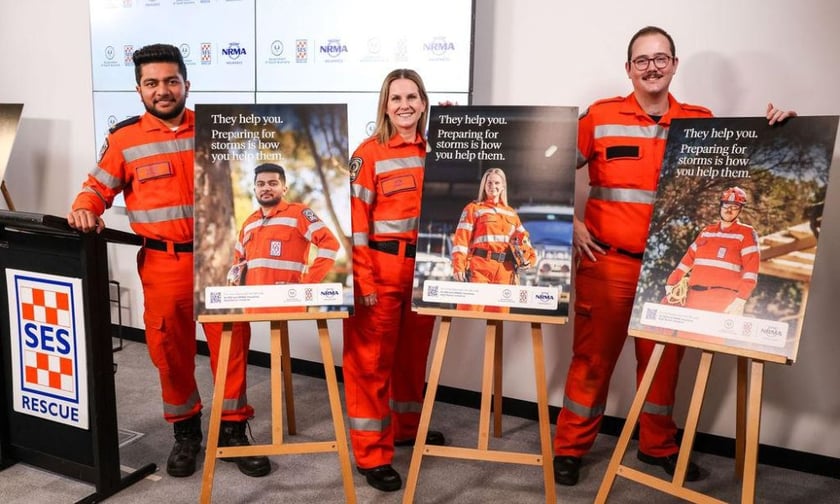

Research conducted by Australian property marketplace Domain has brought to light a concerning reality: nearly half of all Australian homes face potential risks, exacerbated by the burden of soaring insurance premiums.
The study delved into the profound impact of climate change-induced extreme weather events, including bushfires, floods, and coastal erosion, which collectively imperil millions of homes across the nation.
Domain’s report revealed that a staggering 5.6 million homes, representing close to half of all properties, are at risk of bushfires, with a combined value estimated at $4.66 trillion.
It also found that:
A recent report found that extreme weather events have been driving up coastal properties’ insurance costs. Meanwhile, another report claimed that climate change brings significant risks and opportunities.
In a forum, Domain head of research Nicola Powell emphasised the vulnerability of many Australian homes to natural disasters.
“We found that just 29% of Australians know the risks associated with their homes when faced against a natural disaster,” she said, as reported by 9News. “We are seeing more people live on perilous land in order to find a place to call home.”
As winter unfolds, NRMA Insurance has collaborated with the South Australian State Emergency Service (SES) to launch a campaign aimed at bolstering preparedness among South Australians in anticipation of severe weather events.
The campaign seeks to address concerns regarding the heightened frequency and severity of extreme weather, as evidenced by findings indicating that over one in three South Australians feel ill-prepared for such eventualities.
Statistics derived from NRMA claims data accentuated the urgency of the campaign, with last winter witnessing the highest incidence of wild weather damage in six years, accounting for 40% of all home claims.
Despite this alarming trend, a considerable proportion of the populace remains uncertain about the requisite preparatory measures, with 31% of South Australians lacking clarity on actionable steps.
Commenting on the partnership, SES chief officer Chris Beattie emphasised the importance of fostering community resilience through proactive engagement and education.
“This will be the largest, targeted public education campaign we have launched, and we’re hopeful that, in combination with our well-prepped volunteers, it will help to minimise the impacts of severe weather across our communities as we come into winter,” he said.
NRMA executive general manager Matthew Bennett underscored the pivotal role of local weather awareness and proactive measures in safeguarding communities.
“Our research shows the number-one barrier to getting prepared is thinking it won’t happen to me and the second is not knowing what to do,” he said. “It’s clear that education is key to helping protect South Australians from the impacts of extreme weather, and that’s why we’re proud to partner with the South Australian SES to raise awareness of risks and provide practical advice.
“We also recognise the tremendous work the SES volunteers do to keep our communities safe. When severe weather strikes, they are often the first to respond, with volunteers putting their lives on the line to help others. They are there to help us, and by getting prepared we can help them too.”
To equip residents for impending weather challenges, the SES advocates for practical measures such as trimming overhead branches, clearing gutters and drains, securing outdoor furniture, and ensuring adequate insurance coverage.
